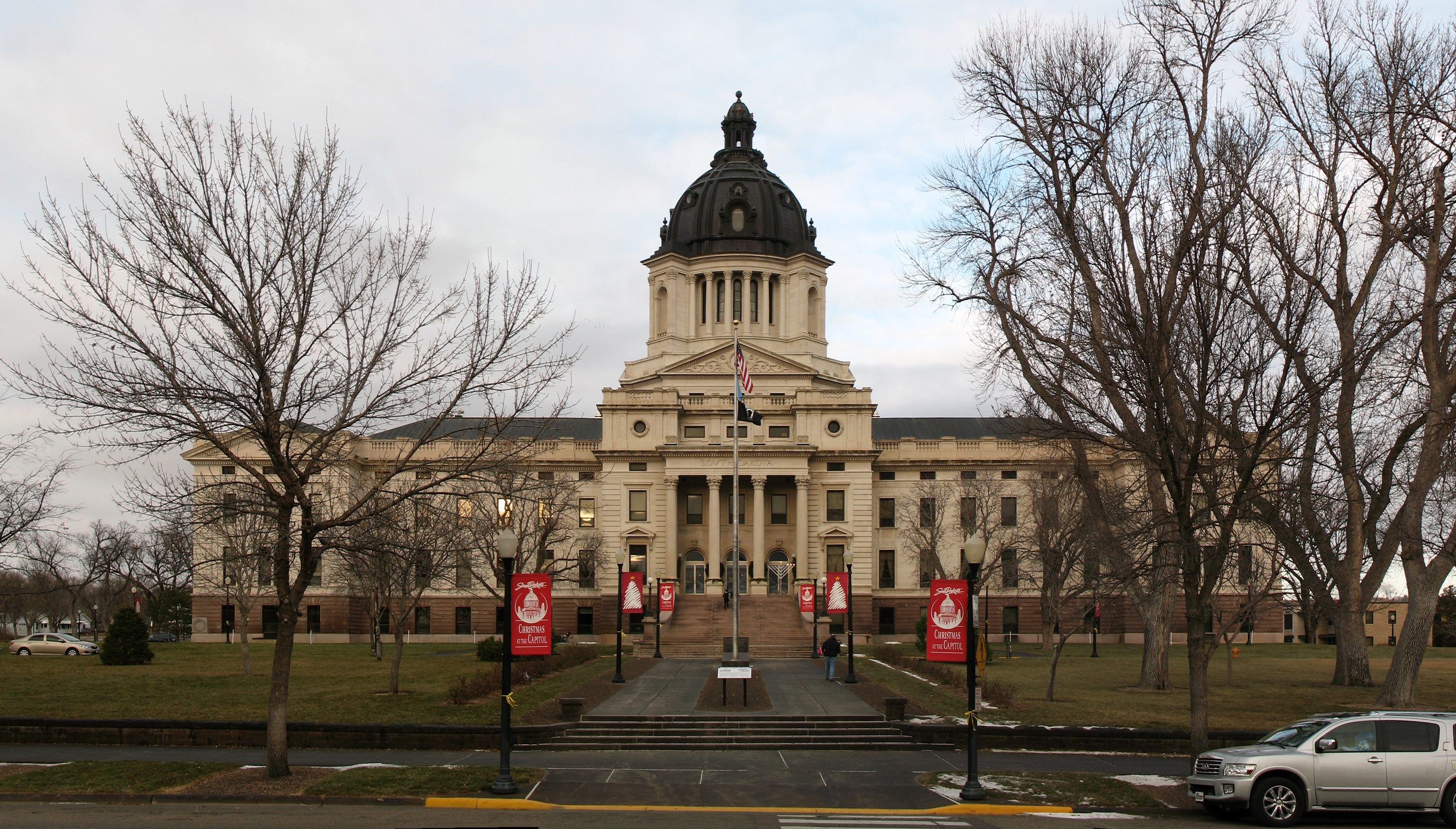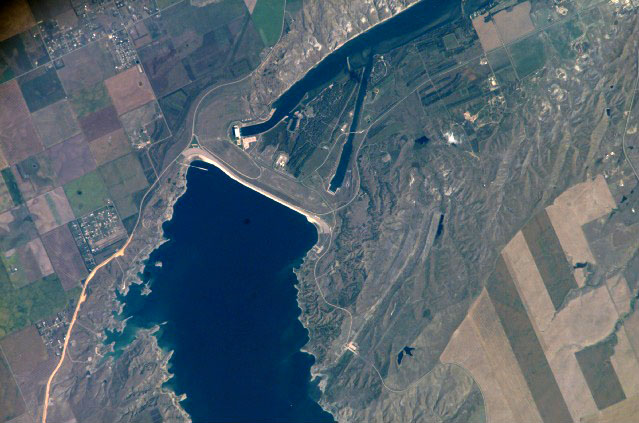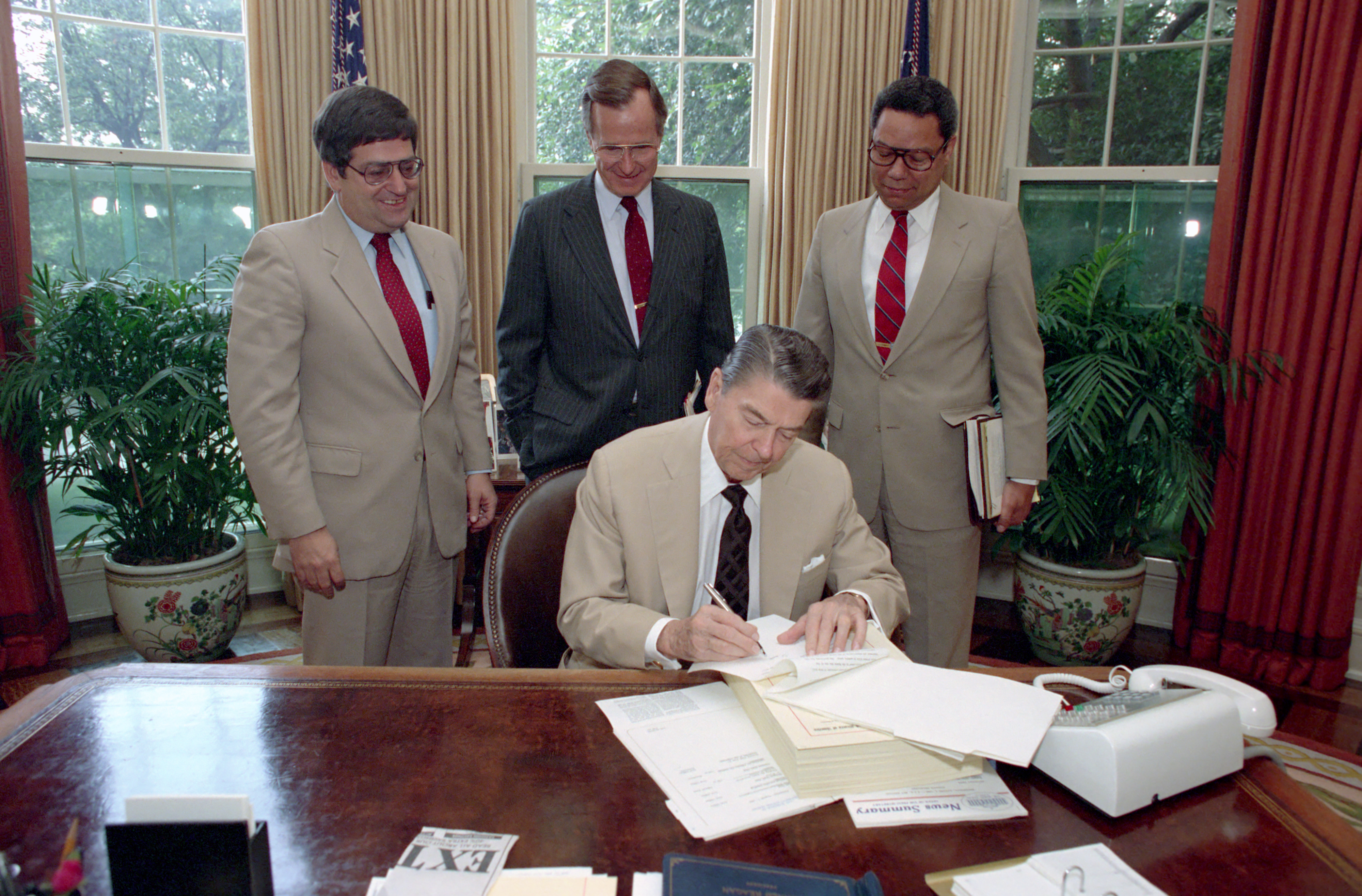|
South Dakota Legislative Research Council
The South Dakota Legislative Research Council (colloquially known as the LRC) is the governmental agency under the legislative branch of the government of South Dakota. South Dakota State Legislature The Legislative Research Council operates in the South Dakota State Capitol in Pierre. It legislative duties are year-round, but its bill writing season begins the second Tuesday of January each year. The legislative session lasts 40 working days in odd-numbered years, and 35 days working days in even numbered years. Generally, the Legislative Research Council will work through every business day until the session ends, excepting on last day which is delayed to allow for consideration of gubernatorial vetoes. The LRC was founded by political science professor William O. Farber William Ogden "Doc" Farber (July 4, 1910 – March 24, 2007) was an American political scientist, professor emeritus at the University of South Dakota, and founder of the South Dakota Legislative Research Coun ... [...More Info...] [...Related Items...] OR: [Wikipedia] [Google] [Baidu] |
South Dakota State Capitol
The South Dakota State Capitol is the state capitol building of the U.S. state of South Dakota. Housing the South Dakota State Legislature, it is located in the state capitol of Pierre at 500 East Capitol Avenue. The building houses the offices of most state officials, including the Governor of South Dakota. Construction The building was constructed between 1905 and 1910. The designs for the building were executed by the Minneapolis architectural firm of Bell & Detweiler, who gave the building similar features to the Montana State Capitol in Helena, Montana. The planning and construction cost was almost $1 million. In 1921 plans began for a large addition located on the building's north side. The Capitol Annex was designed by architect Bell's later firm, Bell & Kinports. Construction costs were estimated at $500,000. Construction drawings were issued in 1931, and the Annex project was completed in 1932. Features The floor in the capitol building is made of terrazzo tile. ... [...More Info...] [...Related Items...] OR: [Wikipedia] [Google] [Baidu] |
Pierre, SD
Pierre ( ; lkt, Čhúŋkaške, lit=fort) is the capital city of South Dakota, United States, and the seat of Hughes County. The population was 14,091 at the 2020 census, making it the second-least populous US state capital after Montpelier, Vermont. It is South Dakota's ninth-most populous city. Founded in 1880, it was selected as the state capital when the territory was admitted as a state. Pierre is the principal city of the Pierre Micropolitan Statistical Area, which includes all of Hughes and Stanley counties. History Pierre was founded in 1880 on the east bank of the Missouri River opposite Fort Pierre, a former trading post that developed as a community. It was designated as the state capital when South Dakota gained statehood on November 2, 1889. Huron challenged the city to be selected as the capital, but Pierre was selected for its geographic centrality in the state. Fort Pierre had developed earlier, with a permanent settlement since ''circa'' 1817 around a ... [...More Info...] [...Related Items...] OR: [Wikipedia] [Google] [Baidu] |
Government Of South Dakota
The structure of the Government of South Dakota is based on that of the federal government, with three branches of government: executive, legislative, and judicial. The structure of the state government is laid out in the Constitution of South Dakota, the highest law in the state. The constitution may be amended either by a majority vote of both houses of the legislature, or by voter initiative. Executive branch The Governor of South Dakota heads the executive branch of the state government. The current governor is Kristi Noem, a Republican from Watertown. The state constitution gives the governor the power to either sign into law or veto bills passed by the state legislature, to serve as commander-in-chief of the state's armed forces, to appoint a cabinet, and to commute criminal sentences or to pardon those convicted of crimes. The governor serves for a four-year term, and may not serve more than two consecutive terms. Legislature The state legislature is made up of two bodie ... [...More Info...] [...Related Items...] OR: [Wikipedia] [Google] [Baidu] |
South Dakota
South Dakota (; Sioux: , ) is a U.S. state in the North Central region of the United States. It is also part of the Great Plains. South Dakota is named after the Lakota and Dakota Sioux Native American tribes, who comprise a large portion of the population with nine reservations currently in the state and have historically dominated the territory. South Dakota is the seventeenth largest by area, but the 5th least populous, and the 5th least densely populated of the 50 United States. As the southern part of the former Dakota Territory, South Dakota became a state on November 2, 1889, simultaneously with North Dakota. They are the 39th and 40th states admitted to the union; President Benjamin Harrison shuffled the statehood papers before signing them so that no one could tell which became a state first. Pierre is the state capital, and Sioux Falls, with a population of about 192,200, is South Dakota's largest city. South Dakota is bordered by the states of North D ... [...More Info...] [...Related Items...] OR: [Wikipedia] [Google] [Baidu] |
Pierre, South Dakota
Pierre ( ; lkt, Čhúŋkaške, lit=fort) is the capital city of South Dakota, United States, and the seat of Hughes County. The population was 14,091 at the 2020 census, making it the second-least populous US state capital after Montpelier, Vermont. It is South Dakota's ninth-most populous city. Founded in 1880, it was selected as the state capital when the territory was admitted as a state. Pierre is the principal city of the Pierre Micropolitan Statistical Area, which includes all of Hughes and Stanley counties. History Pierre was founded in 1880 on the east bank of the Missouri River opposite Fort Pierre, a former trading post that developed as a community. It was designated as the state capital when South Dakota gained statehood on November 2, 1889. Huron challenged the city to be selected as the capital, but Pierre was selected for its geographic centrality in the state. Fort Pierre had developed earlier, with a permanent settlement since ''circa'' 1817 around a f ... [...More Info...] [...Related Items...] OR: [Wikipedia] [Google] [Baidu] |
Governor Of South Dakota
The governor of South Dakota is the head of government of South Dakota. The governor is elected to a four-year term in even years when there is no presidential election. The current governor is Kristi Noem, a member of the Republican Party who took office on January 5, 2019. Qualifications Anyone who seeks to be elected Governor of South Dakota must meet the following qualifications: *Be a citizen of the United States *Be at least 21 years old *Be a resident of South Dakota for at least two years as of the election Powers and duties The governor holds many powers and duties, which in many ways are similar to those held by the President of the United States: *The governor serves as a spokesperson for the state, promoting business and economic development interests. *The governor is actively involved in the legislative process; they may introduce legislation, and have the power to veto bills passed by the South Dakota Legislature (though vetoes may be overridden by a two-thirds ... [...More Info...] [...Related Items...] OR: [Wikipedia] [Google] [Baidu] |
Veto
A veto is a legal power to unilaterally stop an official action. In the most typical case, a president or monarch vetoes a bill to stop it from becoming law. In many countries, veto powers are established in the country's constitution. Veto powers are also found at other levels of government, such as in state, provincial or local government, and in international bodies. Some vetoes can be overcome, often by a supermajority vote: in the United States, a two-thirds vote of the House and Senate can override a presidential veto. Article I, Section 7, Clause 2 of the United States Constitution Some vetoes, however, are absolute and cannot be overridden. For example, in the United Nations Security Council, the permanent members ( China, France, Russia, the United Kingdom, and the United States) have an absolute veto over any Security Council resolution. In many cases, the veto power can only be used to prevent changes to the status quo. But some veto powers also include the ... [...More Info...] [...Related Items...] OR: [Wikipedia] [Google] [Baidu] |
William O
William is a male given name of Germanic origin.Hanks, Hardcastle and Hodges, ''Oxford Dictionary of First Names'', Oxford University Press, 2nd edition, , p. 276. It became very popular in the English language after the Norman conquest of England in 1066,All Things William"Meaning & Origin of the Name"/ref> and remained so throughout the Middle Ages and into the modern era. It is sometimes abbreviated "Wm." Shortened familiar versions in English include Will, Wills, Willy, Willie, Bill, and Billy. A common Irish form is Liam. Scottish diminutives include Wull, Willie or Wullie (as in Oor Wullie or the play ''Douglas''). Female forms are Willa, Willemina, Wilma and Wilhelmina. Etymology William is related to the given name ''Wilhelm'' (cf. Proto-Germanic ᚹᛁᛚᛃᚨᚺᛖᛚᛗᚨᛉ, ''*Wiljahelmaz'' > German '' Wilhelm'' and Old Norse ᚢᛁᛚᛋᛅᚼᛅᛚᛘᛅᛋ, ''Vilhjálmr''). By regular sound changes, the native, inherited English form of the name shou ... [...More Info...] [...Related Items...] OR: [Wikipedia] [Google] [Baidu] |
South Dakota Legislature
The South Dakota State Legislature is the legislative branch of the government of South Dakota. It is a bicameral legislative body, consisting of the South Dakota Senate, which has 35 members, and the South Dakota House of Representatives, which has 70 members. The two houses are similar in most respects; the Senate alone holds the right to confirm gubernatorial appointments to certain offices. In addition, the Senate votes by roll call vote, whereas the larger house uses an electronic voting system. The legislature meets at the South Dakota State Capitol in Pierre. It begins its annual session of the second Tuesday of January each year. The legislative session lasts 40 working days in odd-numbered years, and 35 days working days in even numbered years. Though, in recent years, the legislature has completed its work in 38 working days in both even numbered years as well as odd numbered years. Generally, the legislature meets for four out of every five business days each w ... [...More Info...] [...Related Items...] OR: [Wikipedia] [Google] [Baidu] |





